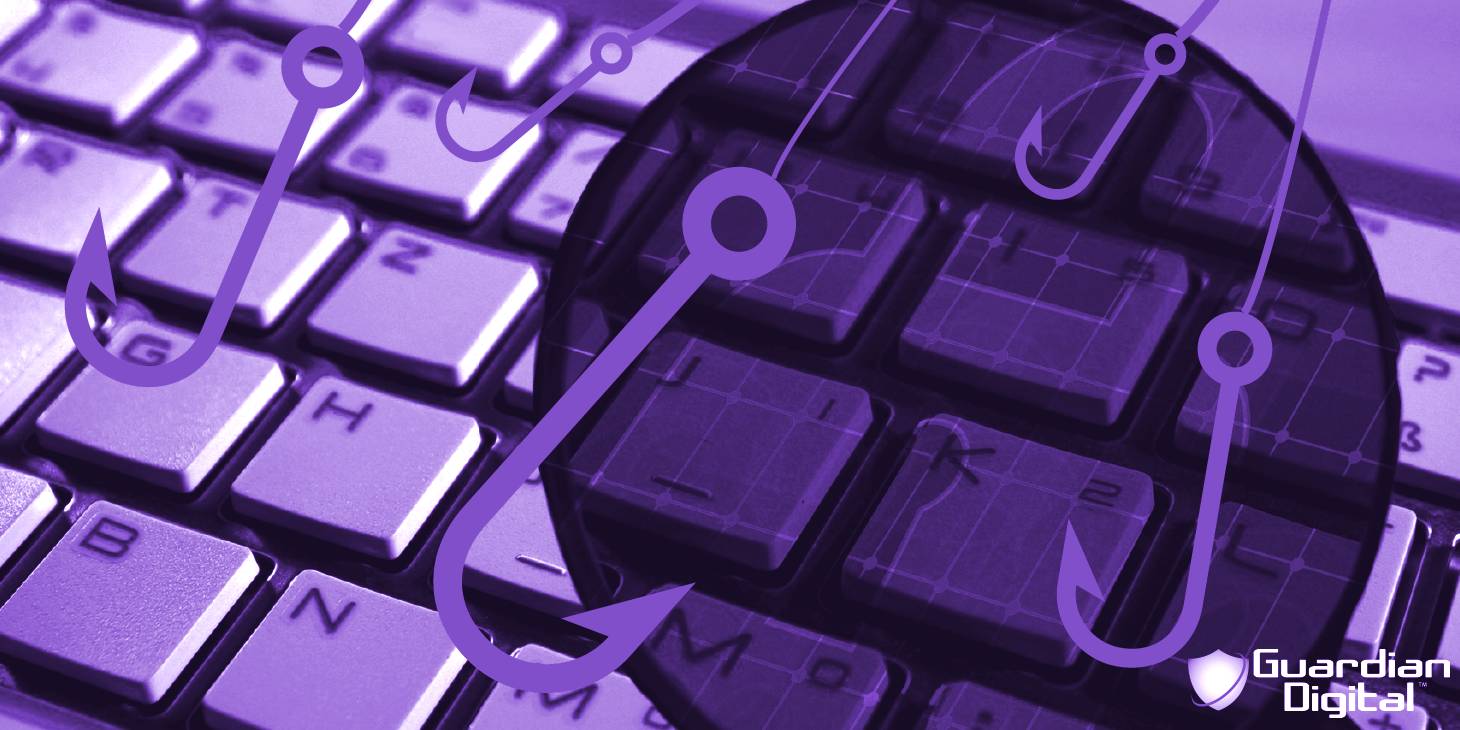
Preventing phishing email attacks on your servers requires email security training so your employees can prepare for any email threat in their inboxes. Here are a variety of the best practices for email security to consider to avoid falling for phishing email scams, email fraud, and malware ransomware downloads.
What is a Phishing Email? How Can I Spot One?
A phishing attack tricks users through social engineering tactics to get victims to send login credentials and sensitive data to the cybercriminal. Social engineering techniques involve threat actors embedding malicious links into emails, attaching infected files, and impersonating CEOs, among other activities. Cybercriminals will send emails from compromised accounts or spoofed emails so employees do not realize the message is a threat. Such behaviors can lead victims to trust the sender, thus opening files and downloads or messaging back sensitive information. Let’s discuss now how to spot a phishing email.
Phishing email attacks come in the form of verification emails, where attackers ask you to click on malicious links to confirm or deny that the content in a message is correct. Once you open the websites, viruses and malware automatically download onto your computer.
In Business Email Compromise or CEO fraud phishing attacks, threat actors pretend to be someone else, so you send back crucial information like passwords, account numbers, logins, or Social Security numbers, all of which attackers can utilize to gain access to your email, bank, or other accounts. Therefore, you must always watch for these email security issues and ensure protection on your server as quickly as possible.
Be Aware of Common Shortcomings in Anti-Phishing Defenses
Although you can implement various phishing prevention cybersecurity tools into your system to bolster email security, such email protection strategies are only sometimes the most robust. Forty percent of companies stated that their advanced persistent threat protection systems for phishing do not work effectively, and thirteen percent of organizations explained they have no email security software.
If you suspect a message is a phishing email attack, try running the sender, subject line, and contents through Google. Threat actors repeat email threats across multiple platforms, so you might see that others have faced the same issues as you, in which case the suspicious message is a phishing attack.
How Can I Prevent a Phishing Email Attack?
It is better to focus on preventing phishing campaigns than stopping messages altogether, as there will always be new and emerging threats that the most recent, modern software will not recognize. Therefore, we have compiled a list of best practices for email security that we suggest you consider when implementing a protection plan to secure email on your server:
- Scan emails with suspicious subject lines and signatures for spelling and grammar errors that cybercriminals insert to get past spam filtering services.
- Inspect attachments to see if they harbor email viruses, malware, dangerous code, or phishing links that could all download your credentials and harm your server.
- Check a company’s website's legitimacy before replying to messages asking for personal information confirmations.
- Enforce email security policies that require employees to implement strong passwords and Two-Factor or Multi-Factor Authentication (2FA/MFA) methods as frequently as possible wherever such are available.
- Contact senders to confirm that a suspicious message is not an email threat rather than hitting reply on the email thread you are concerned about. Consider a phone call or starting a separate email thread with the contact to prevent contacting compromised email addresses.
- Take your time looking at and evaluating emails before clicking on or downloading attachments to ensure you are not falling into a trap.
- Hold email security training sessions so your employees know what issues could infiltrate your system.
- Subscribe to Guardian Digital’s Behind the Shield newsletter to stay up-to-date on the latest security news, trends, and tips to secure email.
Keep Learning About Phishing Protection with Guardian Digital
If your company needs more resources, time, or energy to enforce these email security policies, consider Guardian Digital EnGarde Cloud Email Security software. EnGarde is a comprehensive, well-regarded, multi-layered solution that focuses on safeguarding your email from advanced modern threats so you can concentrate on daily operations. Small- and medium-sized businesses need more IT security teams to monitor for such threats. Still, our 24/7/365 customer service monitoring and management helps you do what you need to without stressing out about preventing phishing email attacks from crossing your dashboard.
Phishing Is Evolving
Other FAQs
- What Is Guardian Digital EnGarde Cloud Email Security?
- FAQs: What Are Some Examples of Malicious Code?
- How to Properly Scan Your Windows Computer for Malware & Remove Malware from Your PC
- What Should I Do if I Accidentally Clicked on a Phishing Link?
- FAQs: What Are Denial of Service (DoS) Attacks?
- FAQs: Why Outsource Businesses Email Security?
- What Is Domain Spoofing?
- What Are Insider Threats & How Can You Reduce Your Risk?
- The Silent Assassins: How Impersonation Attacks Target CEOs via Email
- How Can I Choose the Right Email Security Service for My Organization?